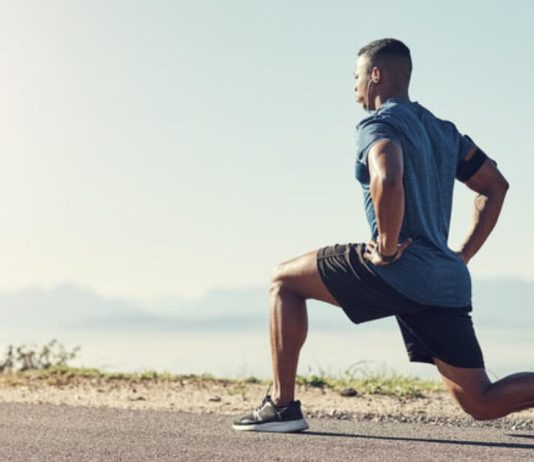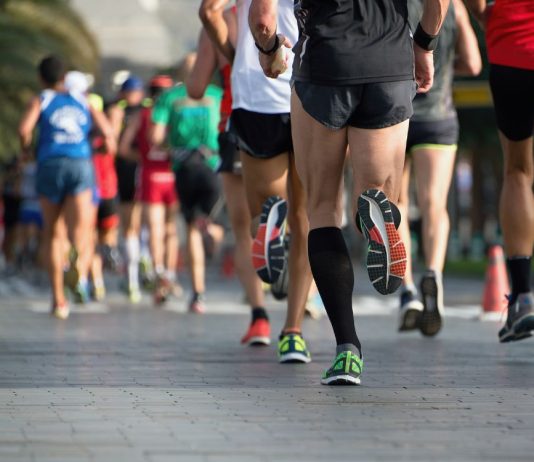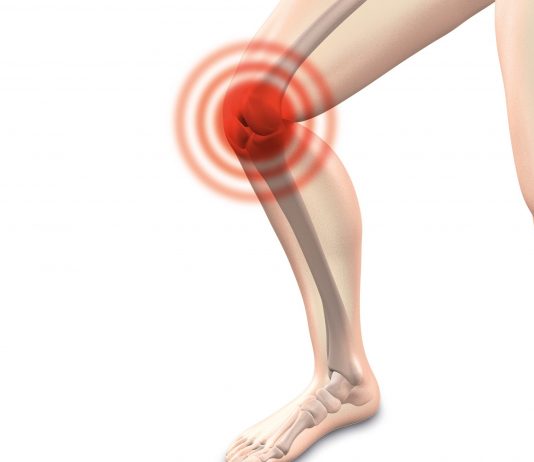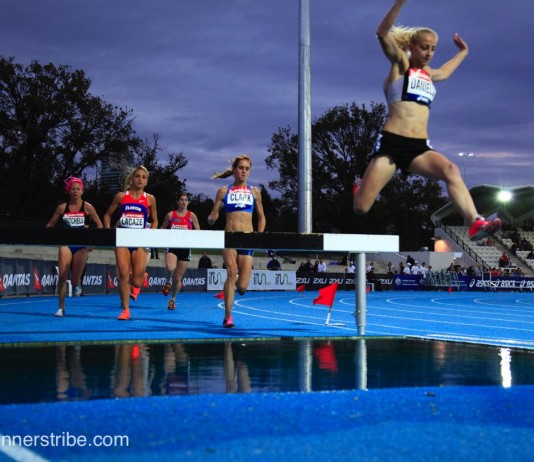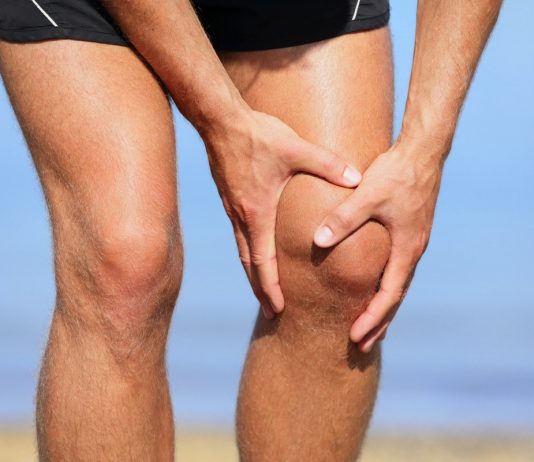Are you a runner who has experienced sore quads and difficulty activating your glutes during long, flat runs? If so, you may be a victim of quad-dominant running. While this issue is fixable with the right changes to your form, there is some confusion when it comes to the advice given for weightlifting versus running.
Six Key Core Exercises for Runners - No Gym Required
2017 Runner's Tribe, all rights reserved
So everyone knows that a strong core is key. But for the time strapped runner, what are the most choice exercises on which to concentrate? We have chosen 6 key core exercises that are 1)...
New Study Finds Long-Distance Running Does Not Increase Risk of Knee and Hip Osteoarthritis
Runnerstribe Admin -
A new study challenges the widely-held belief that running can lead to hip or knee osteoarthritis, a condition that affects over 32 million Americans. Osteoarthritis is a degenerative disease that causes pain, stiffness, and disability as cartilage cushioning the bones wears down. Once it is damaged, cartilage cannot regenerate.
Discover the transformative power of targeted low back exercises in safeguarding against pain and injury. The erector spinae, vital for spinal stability, demand focused attention to maintain strength. Unlock the potential of these five essential low back exercises, designed to fortify your core, enhance stability, and promote a life free from discomfort.
Knee injuries affect over ten million people a year; most of them are amateur runners. Since the general symptoms of various knee injuries are the same (pain, swelling, loss of motion, and so on), many people treat these injuries in the same way. However, the knee is not one...
The 5 Best Glute & Hip Exercises for Runners
Note: This article has been sourced from the Journal of Orthopaedic and Sports Physical Therapy. Volume 43, number 2. This journal article has been summarised. Additions (videos) and simplifications have been undertaken to assist with viewer education and ease of understanding.
Strengthening...
Stretching before a run has many advantages. After a run, stretching helps to enhance blood flow, which promotes muscle recovery and regeneration. By helping to remove waste and lactic acid, this therapy lowers pain in the muscles and joints. Stretching also improves the flexibility of the main running muscles, which can help to increase range of motion and reduce the possibility of overuse and muscular strain issues. To help the body get even more prepared for the next physical activity, lower the chance of muscular strain, and improve running performance, dynamic stretching is advised as part of the pre-run warm-up.
The Most Common Cause of Knee Pain - Patellofemoral Syndrome (Runner's Knee)
Written by Lachlan Chisholm
My Name is Lachlan Chisholm, I am a Physiotherapist and I have a Bachelor of Science (Exercise Science and Nutrition) and Master of Physiotherapy. I am a retired elite middle distance runner, a two-time Australian...
Running is a pleasurable and healthy activity. Still, few things can slow a runner down like an unexpected injury. From heel aches to muscle damage, there’s a wealth of problems that any active person may encounter. So, here are some of the most common running ailments and how to...
Understanding and Preventing Stress Fractures in Runners: Expert Tips and Advice
Runnerstribe Admin -
Stress fractures can be a major setback for runners, causing pain and preventing them from running for months. Although blisters and chafing are common annoyances for runners, stress fractures are a more serious injury. But what exactly is a stress fracture, and how can runners prevent them?


